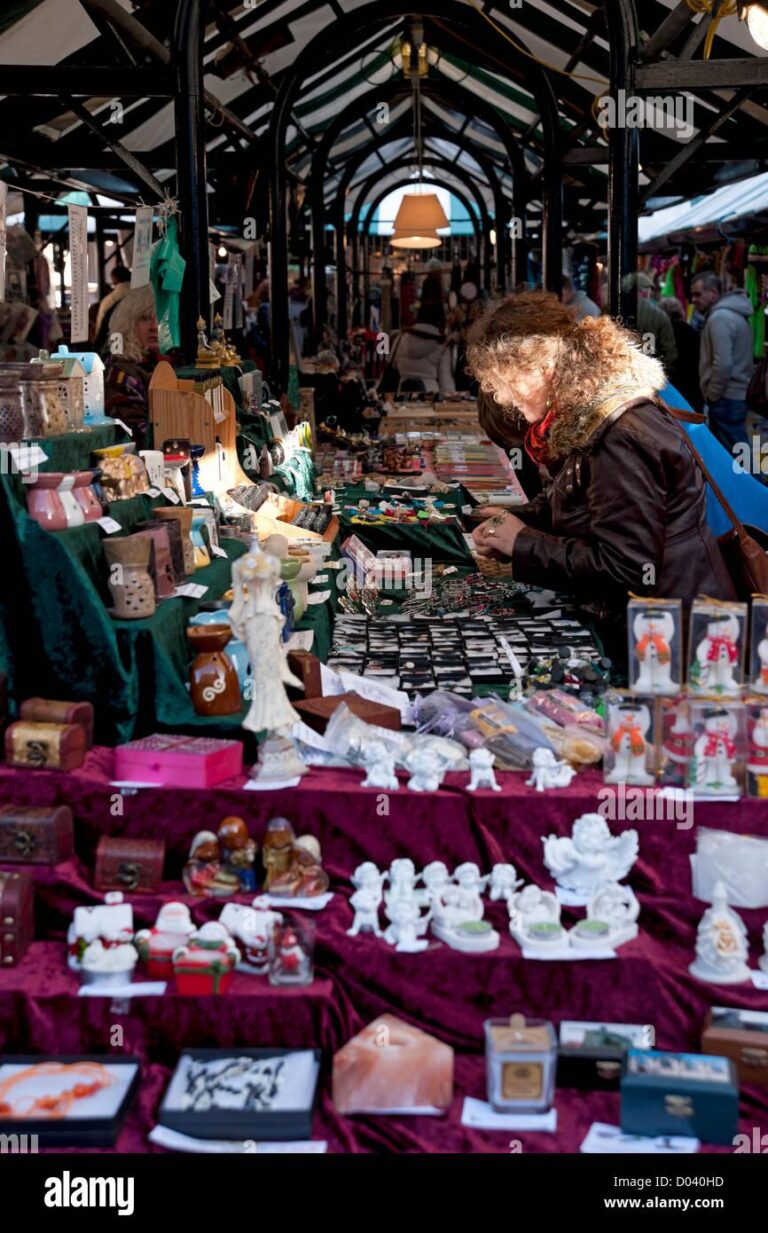The United Kingdom’s jewelry market, valued at $7.89 billion, is poised for dynamic growth and transformation as it navigates evolving consumer preferences and intensifying competition. According to the latest forecast through 2030, the sector is set to capitalize on emerging trends such as sustainable sourcing, technological innovation, and digital retail expansion. This article delves into the current market landscape, key competitive players, and promising opportunities that are shaping the future of the UK’s jewelry industry, providing a comprehensive outlook for investors, retailers, and stakeholders alike.
United Kingdom Jewelry Market Shows Dynamic Growth Driven by Consumer Preferences
The United Kingdom’s jewelry market is experiencing a notable surge, fueled primarily by evolving consumer preferences that emphasize personalization and sustainability. Modern buyers show a clear inclination toward ethically sourced materials and bespoke designs, leading retailers and brands to adapt their offerings accordingly. This shift is complemented by an increase in digital engagement, with e-commerce platforms becoming pivotal in capturing the younger demographic’s attention. Consumers now prioritize transparency, quality, and uniqueness, driving market players to innovate in product development and marketing strategies.
Key trends shaping this dynamic landscape include:
- Rise of Lab-Grown Diamonds: Offering affordable and eco-friendly alternatives to traditional stones.
- Customization Services: Allowing customers to design one-of-a-kind pieces.
- Increased Online Sales: Boosted by immersive virtual try-on technologies.
- Sustainability Initiatives: Adoption of recycled metals and fair-trade certifications.
| Category | Market Growth (2023-2030) | Consumer Interest |
|---|---|---|
| Fine Jewelry | 6.5% CAGR | High |
| Fashion Jewelry | 5.2% CAGR | Medium |
| Lab-Grown Diamonds | 12.3% CAGR | Very High |
| Custom Designs | 9.4% CAGR | High |
Key Competitive Strategies Reshaping the UK Jewelry Industry Landscape
Dominating the UK jewelry market, industry leaders are leveraging a slew of innovative strategies aimed at capturing both traditional and emerging consumer segments. Notably, companies are prioritizing sustainability by integrating ethically sourced gems and recycled metals into their collections, which resonates with the environmentally conscious buyer. In parallel, a surge in digital transformation is evident as brands invest heavily in augmented reality (AR) try-on tools and personalized online shopping experiences, bridging the gap between the physical and virtual worlds. This tech-forward approach is complemented by an emphasis on bespoke craftsmanship, appealing to customers seeking exclusive, tailor-made pieces in a competitive, experience-driven marketplace.
Amidst fierce rivalry, several tactical pillars have emerged as crucial differentiators:
- Omnichannel Retailing: Seamless integration of in-store, e-commerce, and mobile platforms to enhance accessibility and convenience.
- Collaborative Collections: Partnerships with influencers and designers to boost brand visibility among younger demographics.
- Transparency in Sourcing: Adoption of blockchain technology to guarantee provenance and build consumer trust.
- Product Diversification: Expanding portfolios to include men’s and unisex jewelry, tapping into underexploited niches.
| Strategy | Primary Benefit | Example | |||||||||||||
|---|---|---|---|---|---|---|---|---|---|---|---|---|---|---|---|
| Sustainability Initiatives | Builds brand loyalty with eco-conscious consumers | Use of recycled gold and lab-grown diamonds | |||||||||||||
| Emerging Opportunities and Expert Recommendations for Investors in the UK Jewelry Sector
Investors are increasingly attracted to the UK jewelry market due to its resilience and adaptation to evolving consumer preferences. The rising demand for ethically sourced materials and sustainable craftsmanship offers a unique entry point for those looking to align investments with responsible business practices. Additionally, technological integration such as augmented reality try-ons and AI-driven personalized recommendations are reshaping customer engagement, creating new revenue streams within the sector. Luxury and bespoke jewelry brands that embrace digital innovation are positioned to capture discerning millennials and Gen Z buyers, who prioritize experience alongside product quality. To capitalize on these trends, experts recommend focusing on diversification and strategic partnerships that enhance supply chain transparency and accelerate market penetration. Emerging opportunities lie in expanding online platforms with strong user interfaces and incorporating blockchain for authentication and provenance tracking. Below is a concise overview of key investor priorities and their expected impact on growth:
Key TakeawaysAs the United Kingdom’s jewelry market charts a path toward a projected value of $7.89 billion by 2030, stakeholders between traditional craftsmanship and modern innovation face a dynamic landscape. With evolving consumer preferences, intensified competition, and emerging opportunities, the industry is poised for significant transformation. Continuous monitoring of market trends and strategic positioning will be essential for businesses aiming to capitalize on this growth trajectory in the years ahead. |




